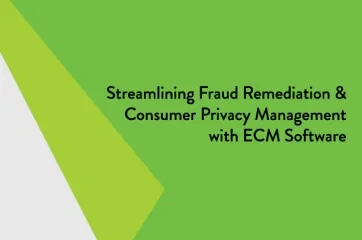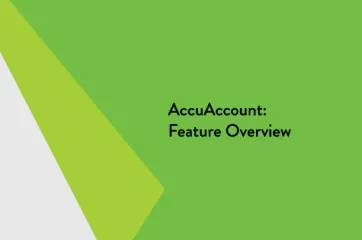Dual control involves putting into place checks and balances that prevent employees from committing theft, fraud, or other actions that would negatively impact an organization.
Financial institutions rely on dual control to reduce risk across a variety of operational activities. For example, a teller is typically accompanied by a colleague when obtaining currency from the bank’s vault. Funds are then counted and signed off by both parties, thereby documenting their agreement. Dual control not only reduces the risk of foul play, but it also prevents unwarranted accusations of impropriety.
Dual Control & Digital Banking
Digital banking platforms make it possible for business users to instantly access account statements, deposit checks, transfer funds and perform other tasks that previously required visiting a branch. Self-service banking helps organizations increase efficiency, but without the proper controls, poses new challenges and risks. Building dual control into the financial institution’s digital banking platform is key for empowering business banking users while protecting against fraud.
Example: John owns a manufacturing business and employs a team of finance and accounting staff. Sally, the company’s CFO, needs to review and approve all transfer requests that exceed $1,000. John and Sally work together to develop a dual control workflow within the digital banking platform. Once enabled, John can rest easy knowing that Sally will review all large transfer requests prior to completion.
Benefits of Dual Control in Digital Banking
Leveraging dual control as part of an organization’s digital banking strategy can help protect against multiple risks:
Employee Fraud: With dual controls in place, disgruntled employees with digital banking access are less likely to drain a company’s funds.
Hacked Accounts: Allowing employees to work from home poses new cybersecurity challenges for banks and credit unions. Dual control makes it harder for hackers to steal large sums from hacked employee accounts.
Account Takeover Scams: Crafty scammers sometimes pose as employees’ superiors, sending emails with instructions for external account transfers. Even if an employee is fooled and initiates a transfer, dual control lessens the chance that such a transaction will actually go through. NXT, Alogent’s business and consumer banking platform, offers flexible customization options for enabling dual control. Learn about Alogent’s digital banking solutions or visit our Innovation Hub for on-demand videos, blog posts, and downloadable resources.








